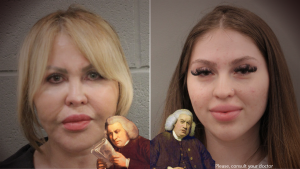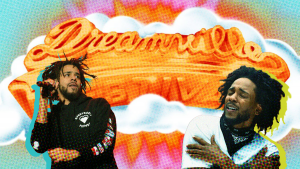In the current political climate, it’s no surprise that we are once again hearing calls for the removal of Confederate monuments. Recently, many of these monuments have been beheaded, covered in paint and/or thrown into harbors. It’s clear that these statues are unwanted by the community, and the list of potential replacements has several thoughtful options that don’t come with a past rooted in hatred and oppression. I’ve taken the liberty of brainstorming a few:
Notable LGBTQ and civil rights activists
Queer people and people of color have existed for the entirety of human history, so it’s not much of a stretch to suggest that there must be more than enough notable individuals in American history to replace the lingering monuments to the Confederacy. Many people who advocate keeping Confederate statues in place claim they’re doing so to preserve history, so why not take this opportunity to bring light to history we’ve left in the dark for so long? I’d recommend names like Angela Davis, a famous civil rights activist and educator; Marsha P. Johnson, the gay liberation activist who was outspoken during the Stonewall uprising of 1969; or Audre Lorde, an LGBTQ and civil rights activist known for her poetry. I merely named a few; there are other countless individuals worthy of recognition.
Cryptids
Okay, I’ll admit, this started out as an excuse to mention Mothman, but hear me out: a large majority of the Confederate monuments, as mapped by the Southern Poverty Law Center, are located in the Southeastern quarter of the country. Coincidentally, so are a large portion of American cryptid stories and sightings. From the Jersey Devil to Skunk Ape, the possibilities are as endless as they are absurd, and can be chosen to reflect folklore of the area.
Traditional art
Recently the art world has seen a resurgence of artists of color using styles that are closely entwined with the traditional art of their ancestors. Now is the perfect time for cities to commission local artists to create statues and murals reflecting the diverse cultural backgrounds of their populations. On top of that, commissioning local artists is a great opportunity to highlight the talents within the community and aid the local economy.
Donation Centers
With the high poverty rate in the United States, plenty of people depend on local food banks and charities like Goodwill to make ends meet. While a group of donation boxes may not be as aesthetically pleasing as an art installation, it can draw attention to something just as beautiful: People helping each other. Bonus point if they include a Little Free Library.




